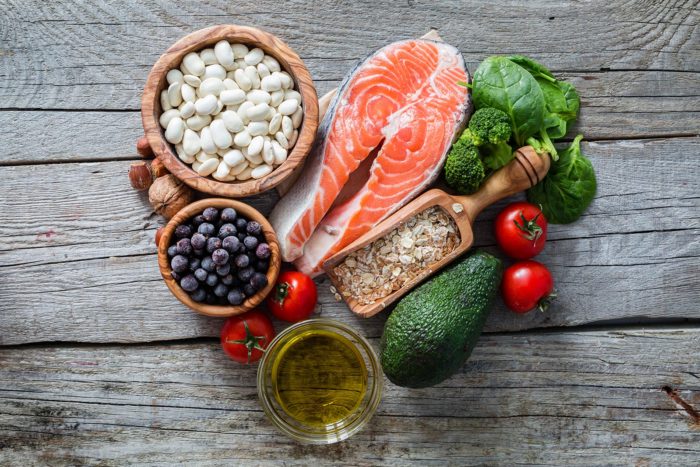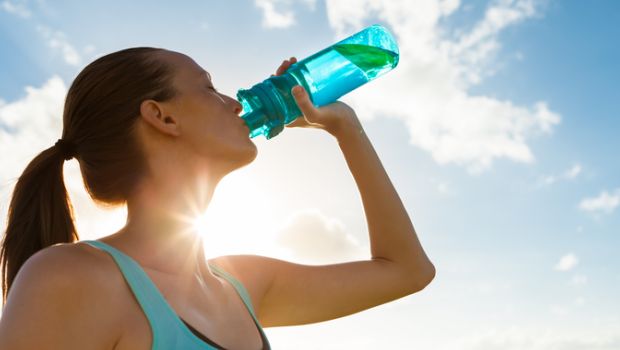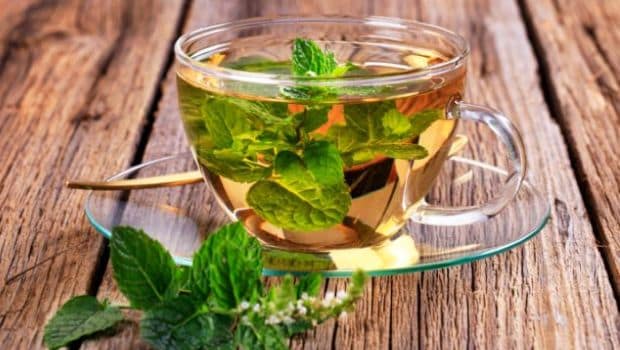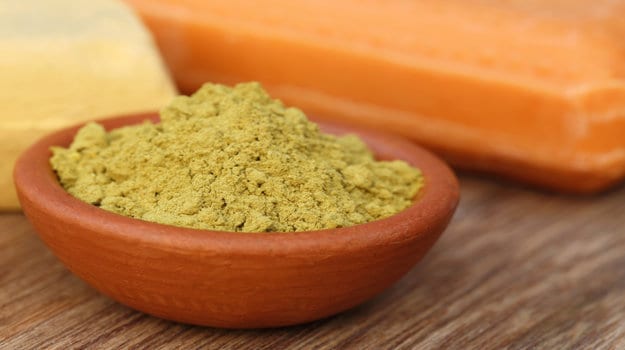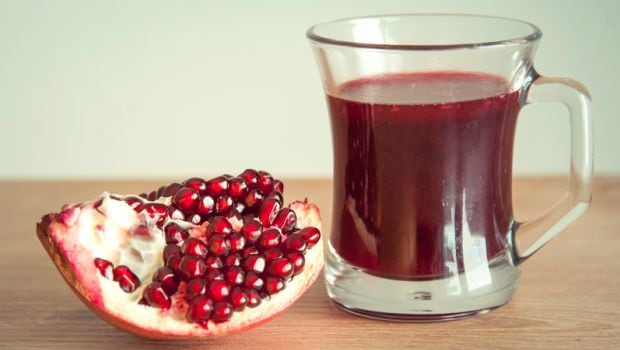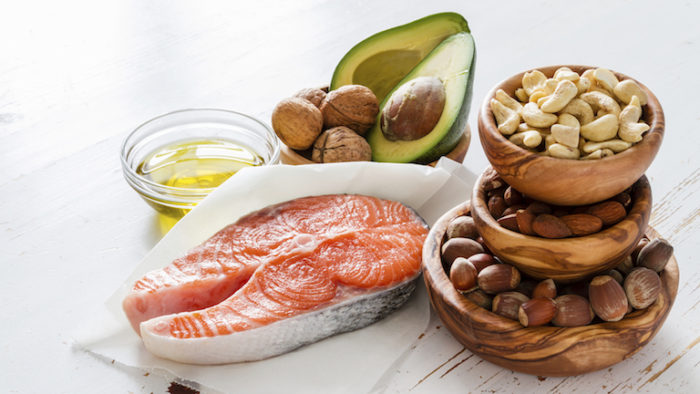Previous research showed it was possible to reduce the burden of damaged cells, termed senescent cells, and extend lifespan and improve health, even when treatment was initiated late in life. They now have shown that treatment of aged mice with the natural product Fisetin, found in many fruits and vegetables, also has significant positive effects on health and lifespan.
Previous research published earlier this year in Nature Medicine involving University of Minnesota Medical School faculty Paul D. Robbins and Laura J. Niedernhofer and Mayo Clinic investigators James L. Kirkland and Tamara Tchkonia, showed it was possible to reduce the burden of damaged cells, termed senescent cells, and extend lifespan and improve health, even when treatment was initiated late in life.
As people age, they accumulate damaged cells. When the cells get to a certain level of damage they go through an aging process of their own, called cellular senescence. The cells also release inflammatory factors that tell the immune system to clear those damaged cells. A younger person’s immune system is healthy and is able to clear the damaged cells. But as people age, they aren’t cleared as effectively. Thus they begin to accumulate, cause low level inflammation and release enzymes that can degrade the tissue.
Robbins and fellow researchers found a natural product, called Fisetin, reduces the level of these damaged cells in the body. They found this by treating mice towards the end of life with this compound and see improvement in health and lifespan.
The paper, “Fisetin is a senotherapeutic that extends health and lifespan,” was recently published in EBioMedicine.”These results suggest that we can extend the period of health, termed healthspan, even towards the end of life,” said Robbins. “But there are still many questions to address, including the right dosage, for example.”
One question they can now answer, however, is why haven’t they done this before? There were always key limitations when it came to figuring out how a drug will act on different tissues, different cells in an aging body. Researchers didn’t have a way to identify if a treatment was actually attacking the particular cells that are senescent, until now.
Under the guidance of Edgar Arriaga, a professor in the Department of Chemistry in the College of Science and Engineering at the University of Minnesota, the team used mass cytometry, or CyTOF, technology and applied it for the first time in aging research, which is unique to the University of Minnesota.”In addition to showing that the drug works, this is the first demonstration that shows the effects of the drug on specific subsets of these damaged cells within a given tissue.” Robbins said.
Meanwhile, new research suggests women tend to live longer than men, and the key may be in the protective effects estrogen has on chromosomes. One of our best gauges of longevity is the length of telomeres, the set of genetic information at the tips of chromosomes. Women’s telomeres tend to be longer than men’s and to stay that way for longer, though exactly why telomere-length is associated with longer lifespans. Now, new research from the University of California, San Francisco, suggests that estrogen actually stokes the activity of an enzyme that helps to lengthen telomeres and may extend lifespans.
On average, women life is about five percent longer than men throughout the world, though the gender gap varies significantly from country to country. Experts have blamed this on all manner of environmental differences through the years: men are more likely to drink and smoke more and are at greater risk of developing heart disease.
One recent analysis suggested that that gap would close by 2032, as rates of smoking and drinking fall and level out for the two genders. But scientists have also observed that differences in life expectancy may be coded into the genetics of men and women. Also, studies on red and processed meat consumption with breast cancer risk have generated inconsistent results. An International Journal of Cancer analysis has now examined all published studies on the topic.
Comparing the highest to the lowest category in the 15 studies included in the analysis, processed meat consumption was associated with a nine per cent higher breast cancer risk. Investigators did not observe a significant association between red (unprocessed) meat intake and risk of breast cancer.
Two studies evaluated the association between red meat and breast cancer stratified by patients’ genotypes regarding N-acetyltransferase 2 acetylator. (Differences in activity of this enzyme are thought to modify the carcinogenic effect of meat.) The researchers did not observe any association among patients with either fast or slow N-acetyltransferase 2 acetylators.
“Previous works linked increased risk of some types of cancer to higher processed meat intake, and this recent meta-analysis suggests that processed meat consumption may also increase breast cancer risk. Therefore, cutting down processed meat seems beneficial for the prevention of breast cancer,” said lead author Dr. Maryam Farvid, of the Harvard T.H. Chan School of Public Health.
Meanwhile, a new study has warned crash-dieting leaves you with more belly fat and weaker muscles. A study performed on rats found limiting the number of calories per day not only increased the circumference of the rats’ waists but also thinned out their muscles. Even more troubling: a hormone known to increase blood pressure became hyperactive in the rats on the reduced-calorie diet.
The team, led by Georgetown University in Washington, DC, warn that the two combined – increased blood pressure and belly fat together – could pave they way to dangerous long-term health risks, such as diabetes and heart disease, for past crash dieters.For the study, the team split female rats into two groups – one where calories would be reduced and one where the diet would remain the same.
The reduced group had their calories slashed by 60 percent, the equivalent of reducing a diet in humans from 2,000 calories to 800 calories.After three days of being on the reduced-calorie diet, the rats’ weights were lowered, but the diet also caused cycling – similar to a human’s menstrual cycle – to stop.
In addition, a number of metabolic functions decreased including blood pressure, heart rate and kidney function. When the rats resumed a normal diet, cycling was restored and both heart rate and body weight increased.
But the researchers found that three months after the reduced-calorie diet, the rats had more belly fat than rats that ate a normal diet.“Even more troubling was the finding that angiotensin II, a hormone in the body, was more potent at increasing blood pressure in the rats that were on the reduced-calorie diet,” said Dr Aline de Souza of the Department of Medicine at Georgetown University Medical Center.
Angiotensin II binds to receptors and constricts blood vessels, thereby increasing blood pressure. Additionally, it stimulates the production of other hormones in the body that cause the body to retain salt and water.Dr. de Souza said that this increased blood pressure, when coupled with increased belly fat, could pose long-term health risks for people who have crash-dieted in the past.
Several previous studies have found that crash dieting can wreak havoc on the body both immediately and in the long run. Because your body is unsure of when you will feed it again, it conserves as much energy as possible so you burn fewer calories throughout the day. Additionally, although your body burns through fat stores first, it will then turn to lean tissue in the form of your muscles. A 2014 study at Maastricht University in the Netherlands put one group of subjects on a 500-calories-per-day diet and the other on a 1,250-calories-per-day diet.
At the end of the study period, the 500-calorie group lost 3.5 pounds of muscle mass, but the 1,250-calorie group lost just 1.3 pounds of muscle. Following a crash diet, the body then works to first rebuild fast stores before muscles, meaning any fat lost while dieting will come back first. The findings of the new study were presented Tuesday at the American Physiological Society’s annual Cardiovascular, Renal & Metabolic Diseases: Sex-Specific Implications conference in Knoxville, Tennessee.
Women tend to live longer than men, and the key may be in the protective effects estrogen has on chromosomes, new research suggests. One of our best gauges of longevity is the length of telomeres, the set of genetic information at the tips of chromosomes. Women’s telomeres tend to be longer than men’s and to stay that way for longer, though exactly why telomere-length is associated with longer lifespans. Now, new research from the University of California, San Francisco, suggests that estrogen actually stokes the activity of an enzyme that helps to lengthen telomeres and may extend lifespans.
On average, women life is about five percent longer than men throughout the world, though the gender gap varies significantly from country to country. Experts have blamed this on all manner of environmental differences through the years: men are more likely to drink and smoke more and are at greater risk of developing heart disease.
One recent analysis suggested that that gap would close by 2032, as rates of smoking and drinking fall and level out for the two genders. But scientists have also observed that differences in life expectancy may be coded into the genetics of men and women. They have found a close link between the length of a person’s telomeres and the length of their life. Our DNA is encoded in 23 pairs of chromosomes and telomeres are the end caps of those chromosomes.
Telomeres are made of the same nucleic acid bases as the rest of human genetic information but their job is a protective one. They keep the precious genetic material in the rest of the chromosome from getting damaged, especially as cells replicate. Replication after replication over time starts to wear down telomemeres. When eventually they become too short to be functional, cells start malfunctioning, in part because their DNA is exposed, so to speak. Without telomeres, cells start to age and die, so these simple end-caps are vital to our health, and also good measures of our overall health and potential longevity.
It is not just time, but trauma that ages telomeres. Stress, health problems and poor habits all also wear on telomeres, and, in turn, on our life spans. American life expectancy fell for the second year in a row in 2018, and the gap between men and women’s life expectancies has grown to five years. Women now live to an average age of 81.1, while men only live to be 76.1 years old.
Their telomeres reflect this. And the new research from the University of California, San Francisco, suggests that the estrogen might be the secret. The female hormone that gives women their feminine appearances, menstrual cycles, and fertility, may also help to give them longer lives. Estrogen fuels some cancers, but has long been known to have protective effects against other diseases. Higher levels of the hormone are thought to help keep the cardiovascular system in good working order and promote healthier bones.
The new research, presented Wednesday at the North American Menopause Society annual meeting in San Diego, adds to the list of good things estrogen does the possibility of protecting telomeres. Lead study author, Dr. Elissa Epel, said: “Some experimental studies suggest estrogen exposure increases the activity of telomerase, the enzyme that can protect and elongate telomeres.” If this is in fact the case, maintaining estrogen levels may become more important to women as they reach menopause and their hormone levels fall.





